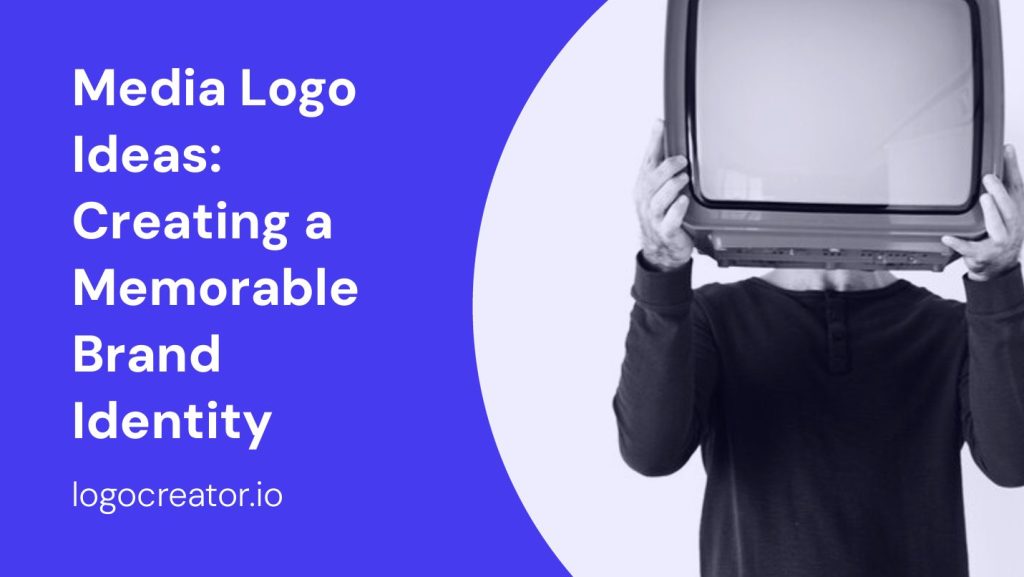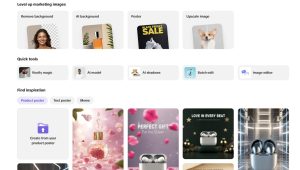When it comes to establishing a strong brand identity, a well-designed logo is essential. In the fast-paced world of media, where competition is fierce and attention spans are short, having a logo that captures attention and leaves a lasting impression is crucial. This article will guide you through the process of creating media logo ideas that effectively represent your brand and resonate with your target audience.
Understanding the Importance of a Media Logo
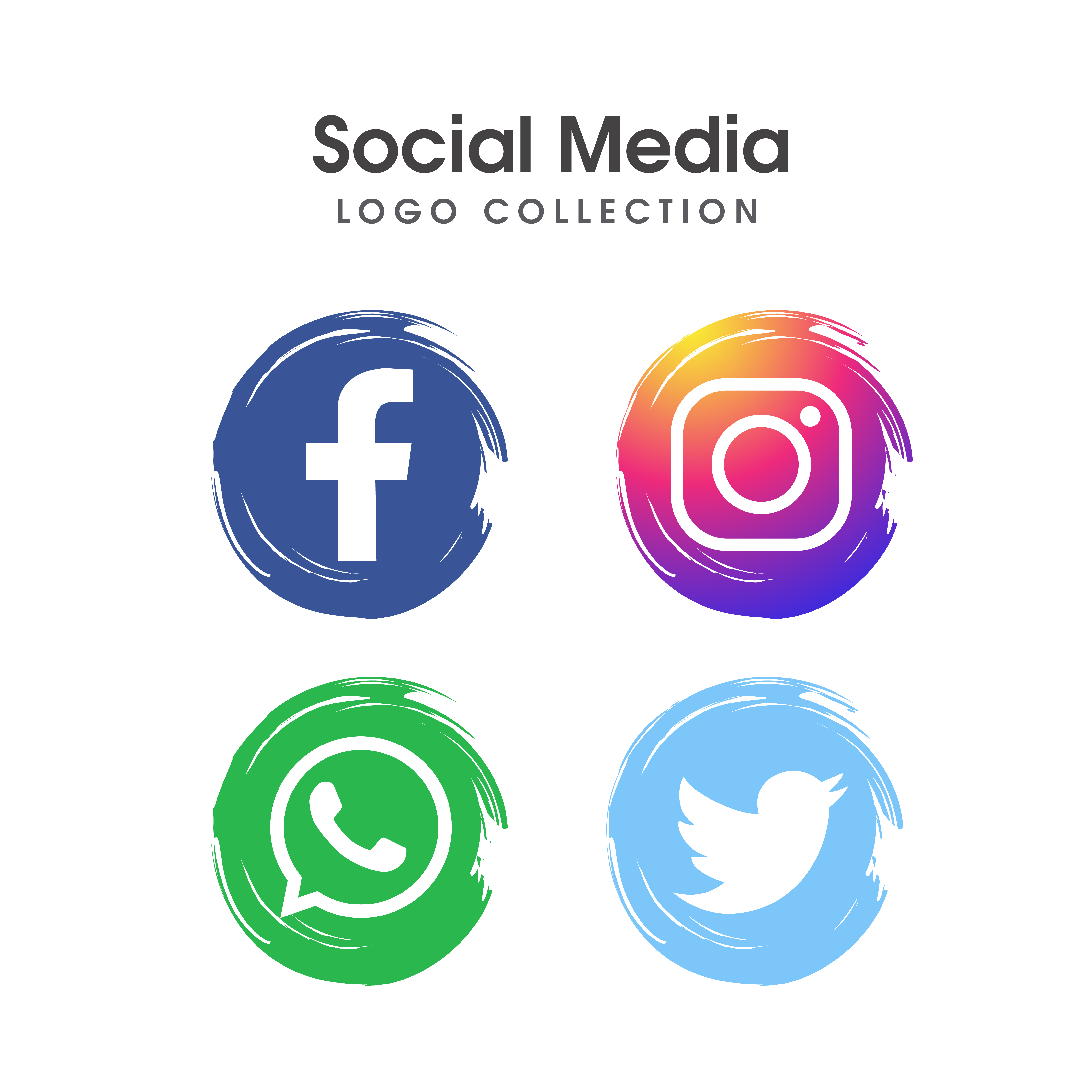
A media logo serves as the visual representation of your brand and acts as a powerful tool for brand recognition. It communicates your brand’s personality, values, and the type of content or services you provide. A well-designed media logo can help you stand out among the sea of competitors and attract the attention of your target audience.
Researching Your Target Audience
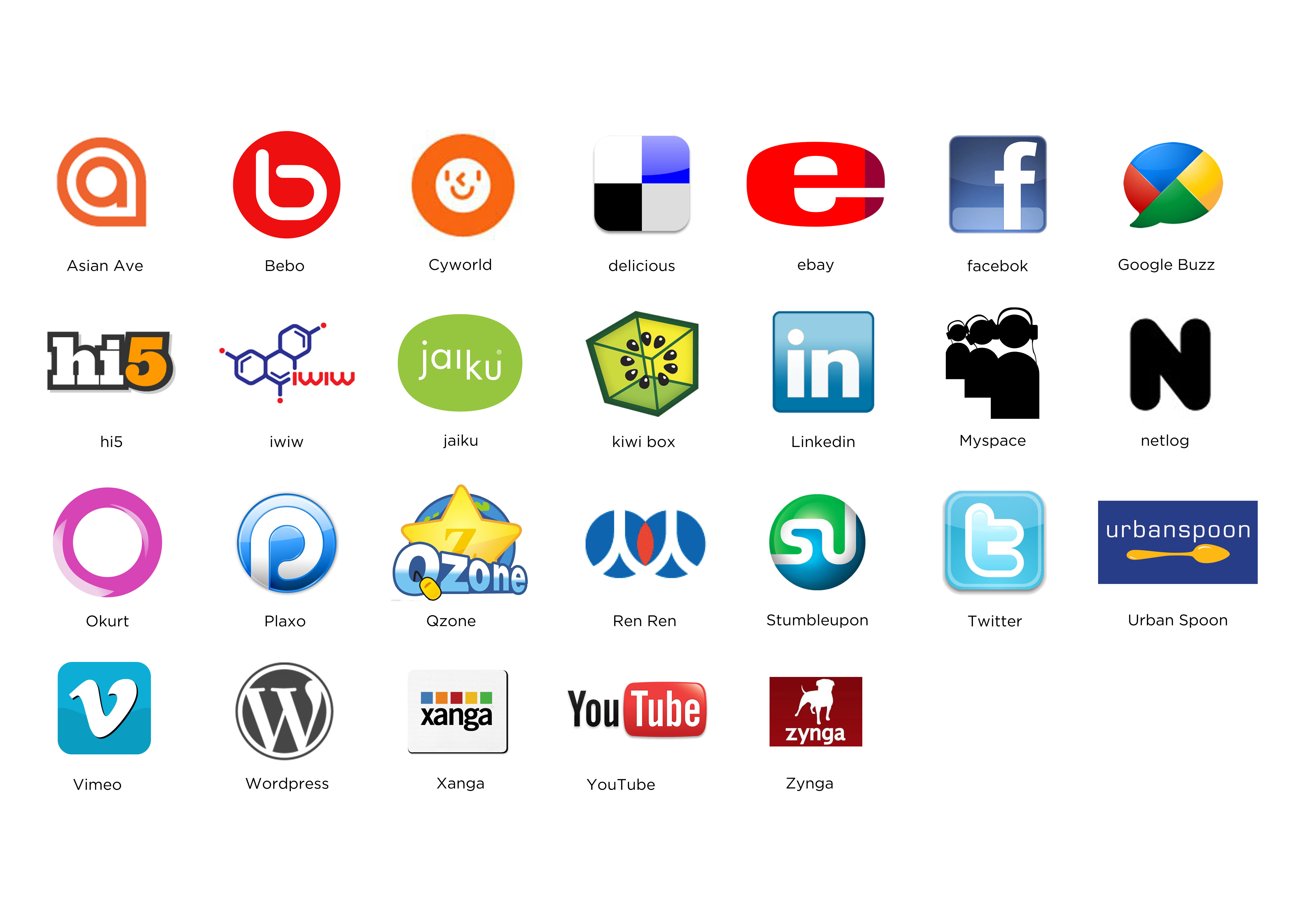
Before diving into the design process, it’s important to understand your target audience. Conduct thorough research to gain insights into their preferences, interests, and demographics. This information will be invaluable in creating a logo that resonates with your intended audience.
Choosing the Right Style for Your Media Logo
The style of your media logo should align with your brand’s personality and the type of content you produce. Below are some popular logo styles to consider:
1. Minimalist Logos
Minimalist logos are clean and simple, often utilizing basic shapes, typography, and negative space. They convey a sense of modernity and sophistication. Many media companies prefer this style as it allows the focus to be on the content rather than the logo itself.
2. Bold and Vibrant Logos
Bold and vibrant logos use bright colors and eye-catching designs to grab attention. This style is often employed by media companies that want to convey a sense of excitement, energy, and creativity.
3. Classic Logos
Classic logos have a timeless appeal and often use elegant typography and traditional design elements. This style is commonly associated with established media brands and is ideal for companies aiming to convey trust, reliability, and a sense of authority.
4. Playful Logos
Playful logos incorporate fun and whimsical elements to engage with the audience. This style is commonly used by media companies targeting a younger demographic or those in the entertainment industry.
Incorporating Relevant Symbols and Icons
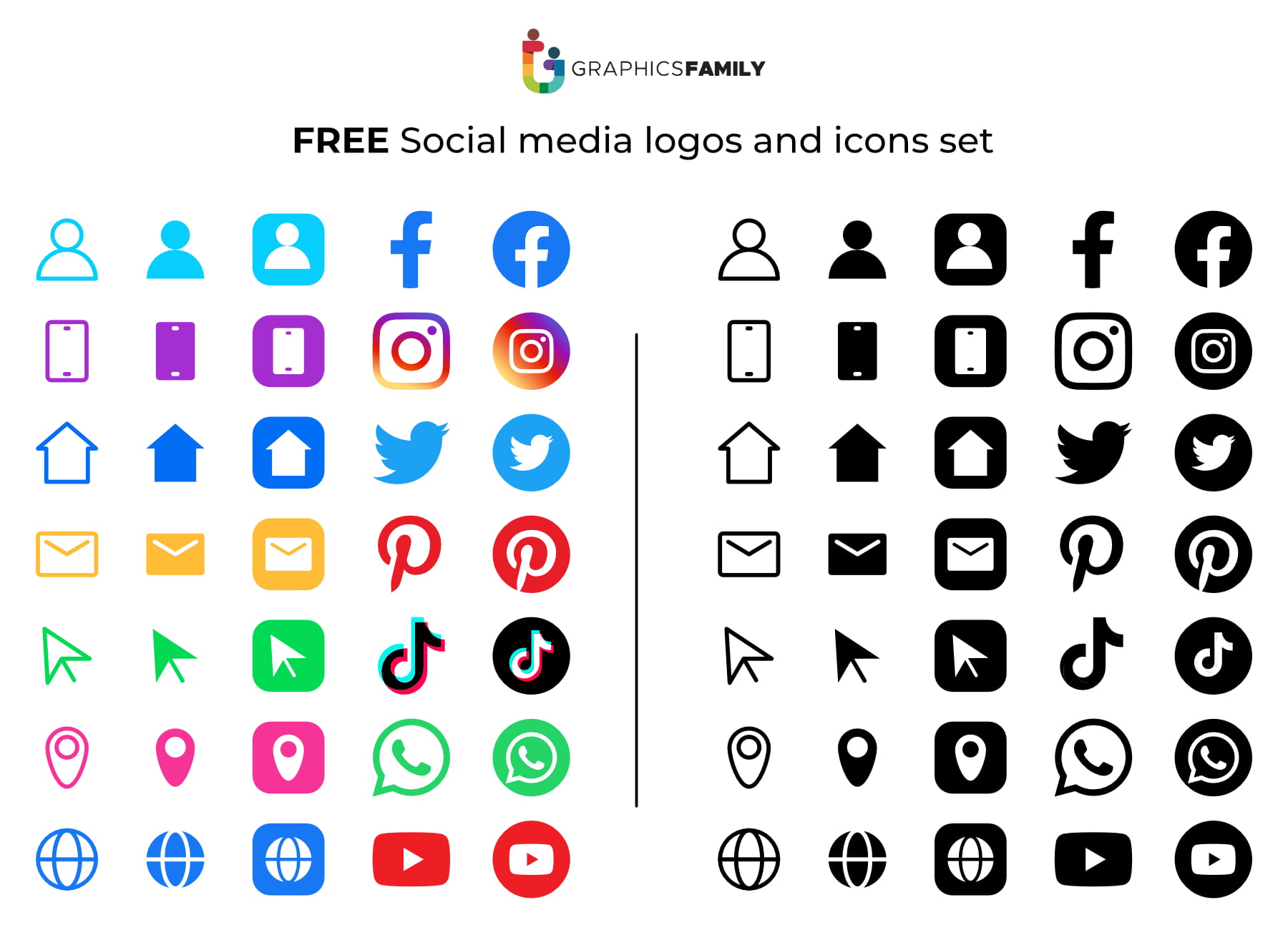
Symbols and icons can be powerful tools for creating a memorable media logo. Consider incorporating elements that are relevant to your industry or the type of media you produce. For example:
1. Camera or Film Reel
If your media company focuses on video production or photography, incorporating a camera or film reel can instantly communicate your niche to the audience.
2. Speech Bubble or Microphone
For media companies specializing in broadcasting, podcasting, or journalism, a speech bubble or microphone can symbolize communication and convey your commitment to delivering news or information.
3. Globe or Satellite
A globe or satellite can represent global reach and signify that your media company operates on an international scale.
4. Pen or Pencil
For media companies involved in writing, publishing, or blogging, incorporating a pen or pencil can symbolize creativity, knowledge, and the power of words.
Choosing Colors that Reflect Your Brand
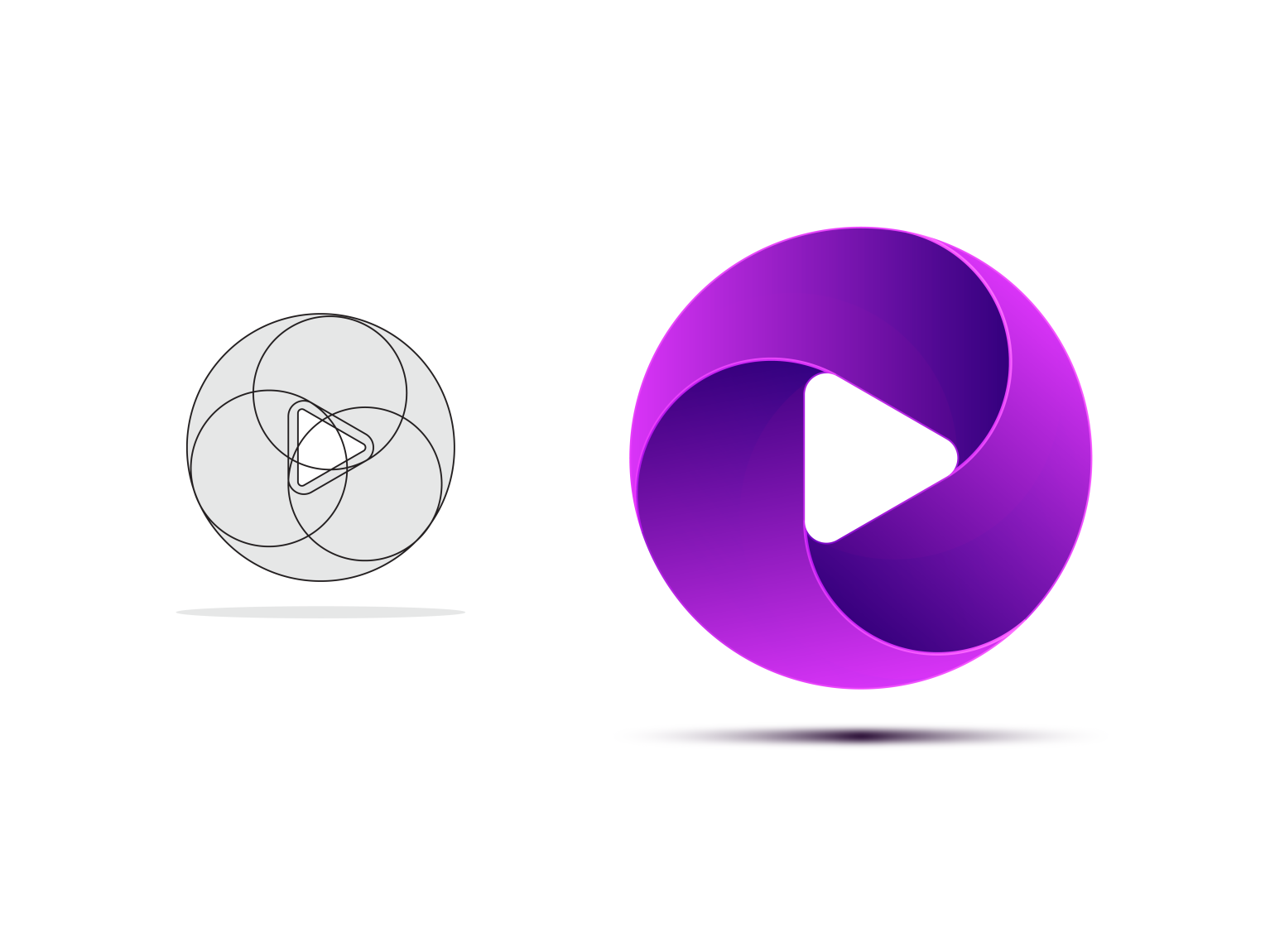
Colors play a significant role in logo design, as they evoke emotions and convey messages. Consider the following tips when selecting colors for your media logo:
1. Red: Energy, passion, and excitement
2. Blue: Trust, reliability, and professionalism
3. Yellow: Optimism, creativity, and warmth
4. Green: Growth, freshness, and harmony
5. Black: Elegance, authority, and sophistication
6. Orange: Enthusiasm, creativity, and vibrancy
Remember to choose colors that align with your brand’s personality and the emotions you want to evoke in your audience.
Typography: Selecting the Right Fonts
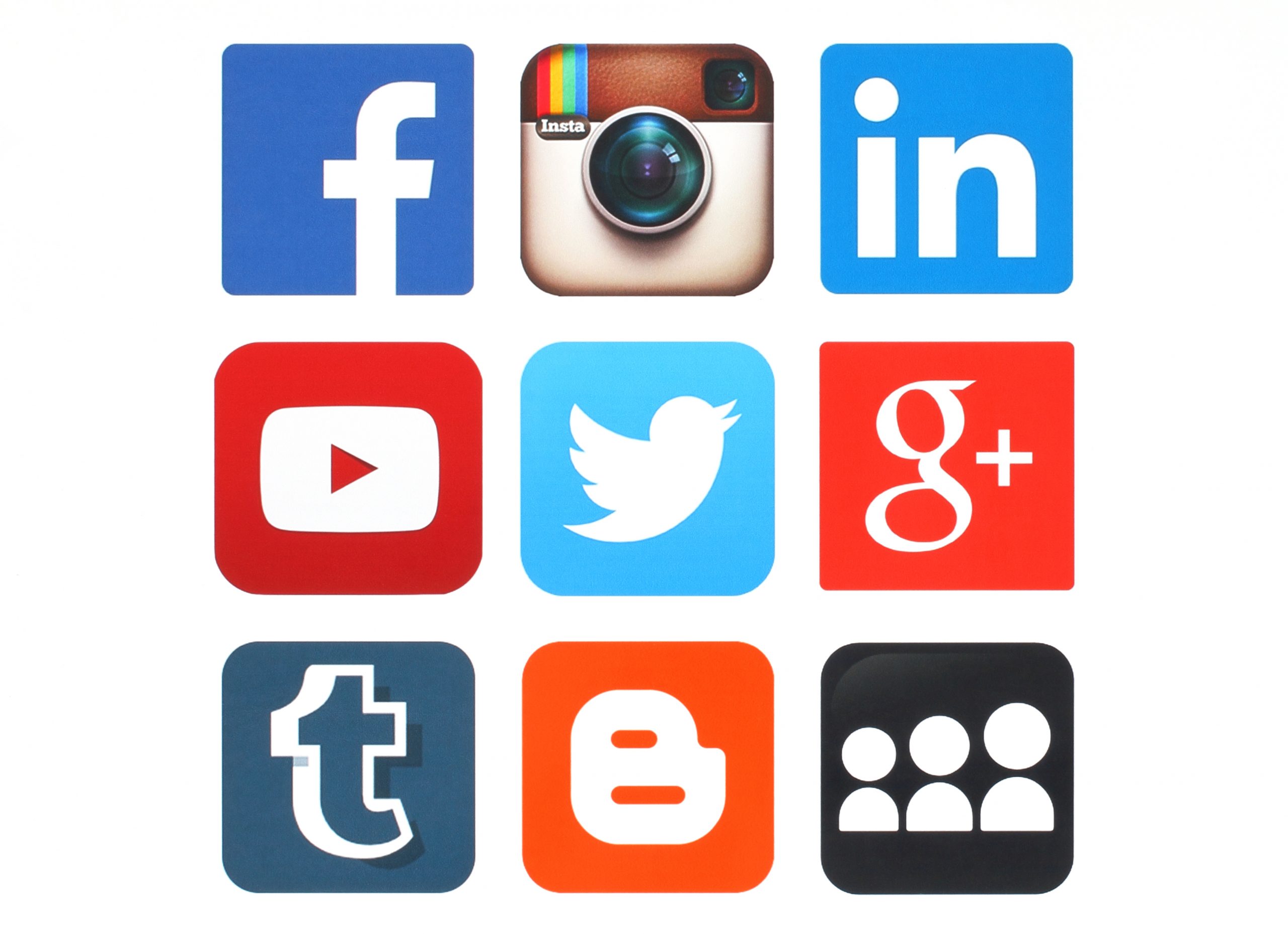
Typography plays a crucial role in logo design as it helps convey your brand’s personality. Consider the following tips when selecting fonts for your media logo:
1. Serif Fonts
Serif fonts, with their decorative strokes and embellishments, are often associated with elegance, tradition, and authority. They are commonly used in classic logo designs.
2. Sans-Serif Fonts
Sans-serif fonts have clean lines and a modern feel. They are often used in minimalist logo designs and convey a sense of simplicity, clarity, and professionalism.
3. Script Fonts
Script fonts mimic handwriting and can add a touch of creativity, elegance, and sophistication to your media logo. However, be mindful of legibility, as some script fonts can be difficult to read when used in small sizes.
4. Display Fonts
Display fonts are highly decorative and can be used to create unique and eye-catching media logos. However, they should be used sparingly and combined with other fonts for optimal legibility.
Sketching and Conceptualizing Your Media Logo
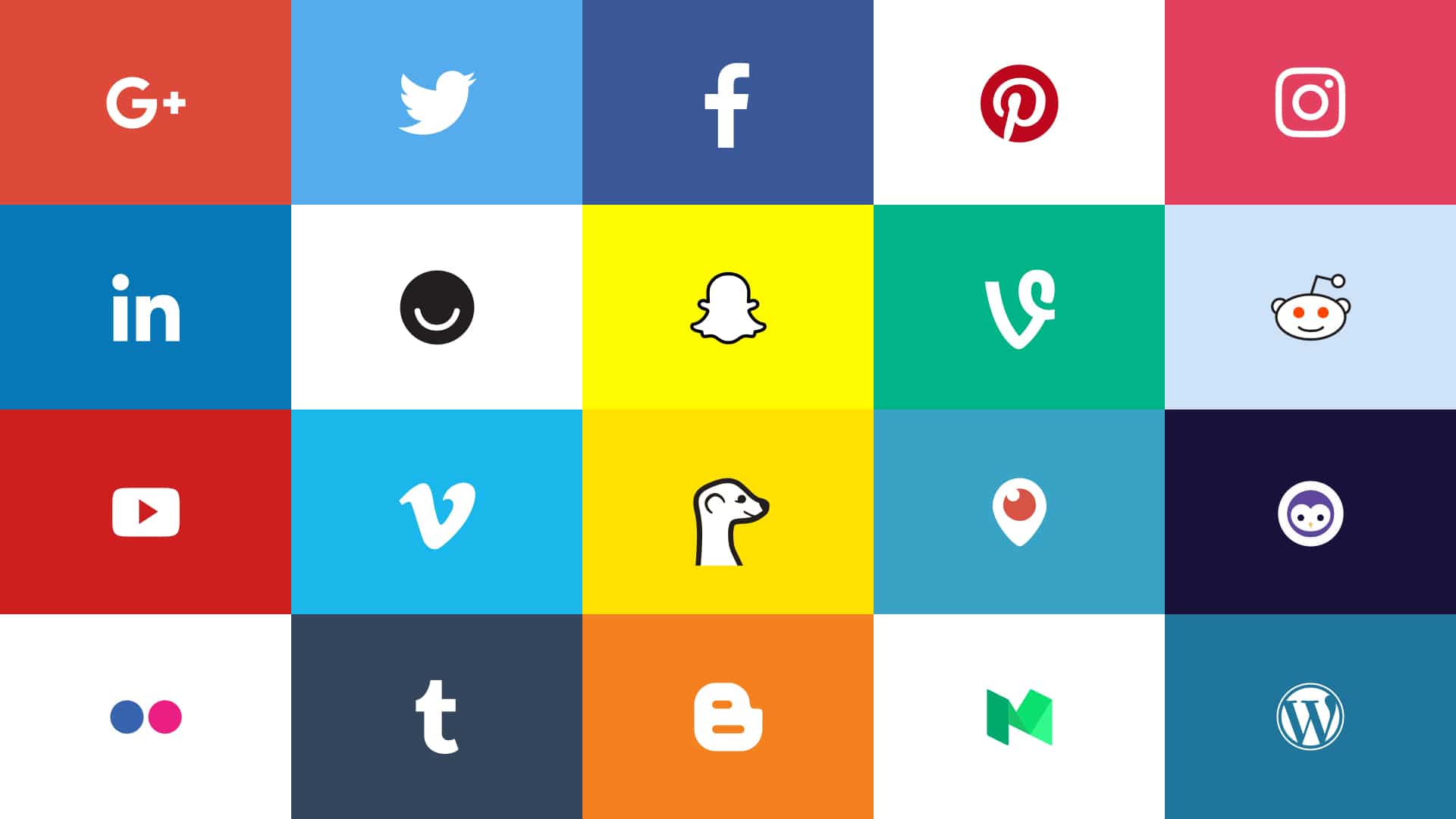
Before diving into digital design, start by sketching out rough ideas for your media logo. This allows you to explore different concepts and layouts quickly. Experiment with different shapes, symbols, and typography to find the perfect combination that effectively represents your brand.
Utilizing Design Software and Tools
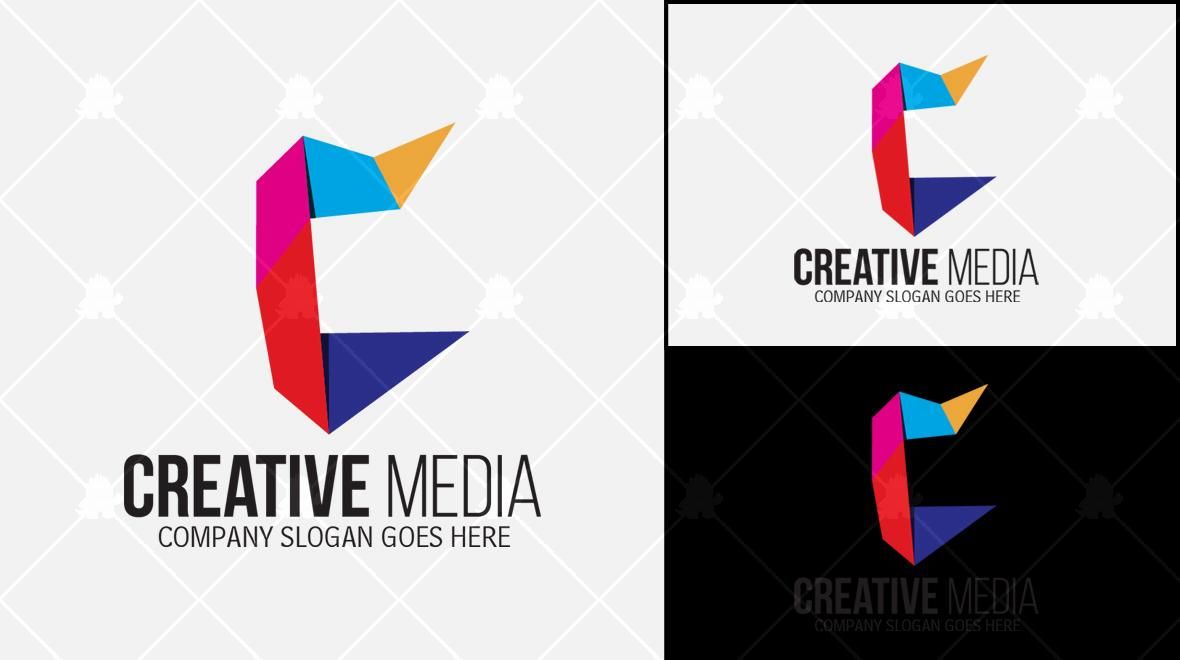
Once you have a clear concept in mind, it’s time to bring your media logo to life using design software and tools. Popular software options include Adobe Illustrator, CorelDRAW, and Sketch. These tools provide a wide range of features and capabilities to create professional-looking logos.
Seeking Feedback and Iterating

After creating your initial logo design, it’s crucial to seek feedback from trusted sources. Share your logo with colleagues, friends, or even conduct surveys among your target audience. This feedback will help you identify any areas for improvement and make necessary iterations to create a logo that resonates with your audience.
Finalizing Your Media Logo
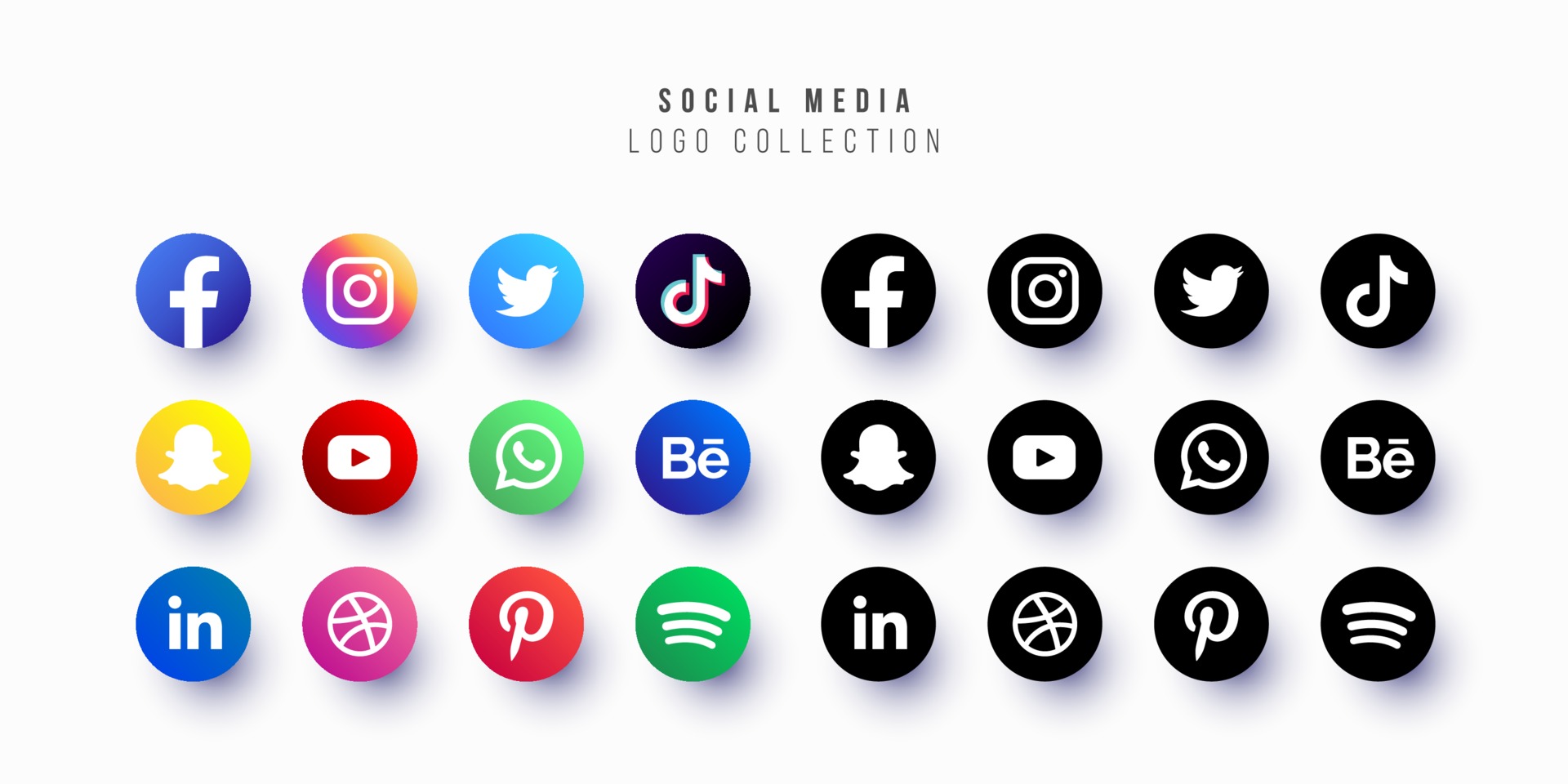
Once you have refined your logo based on feedback, it’s time to finalize the design. Ensure that your logo looks great in different sizes, both in print and digital formats. Test it against different backgrounds to ensure optimal visibility and legibility.
Conclusion
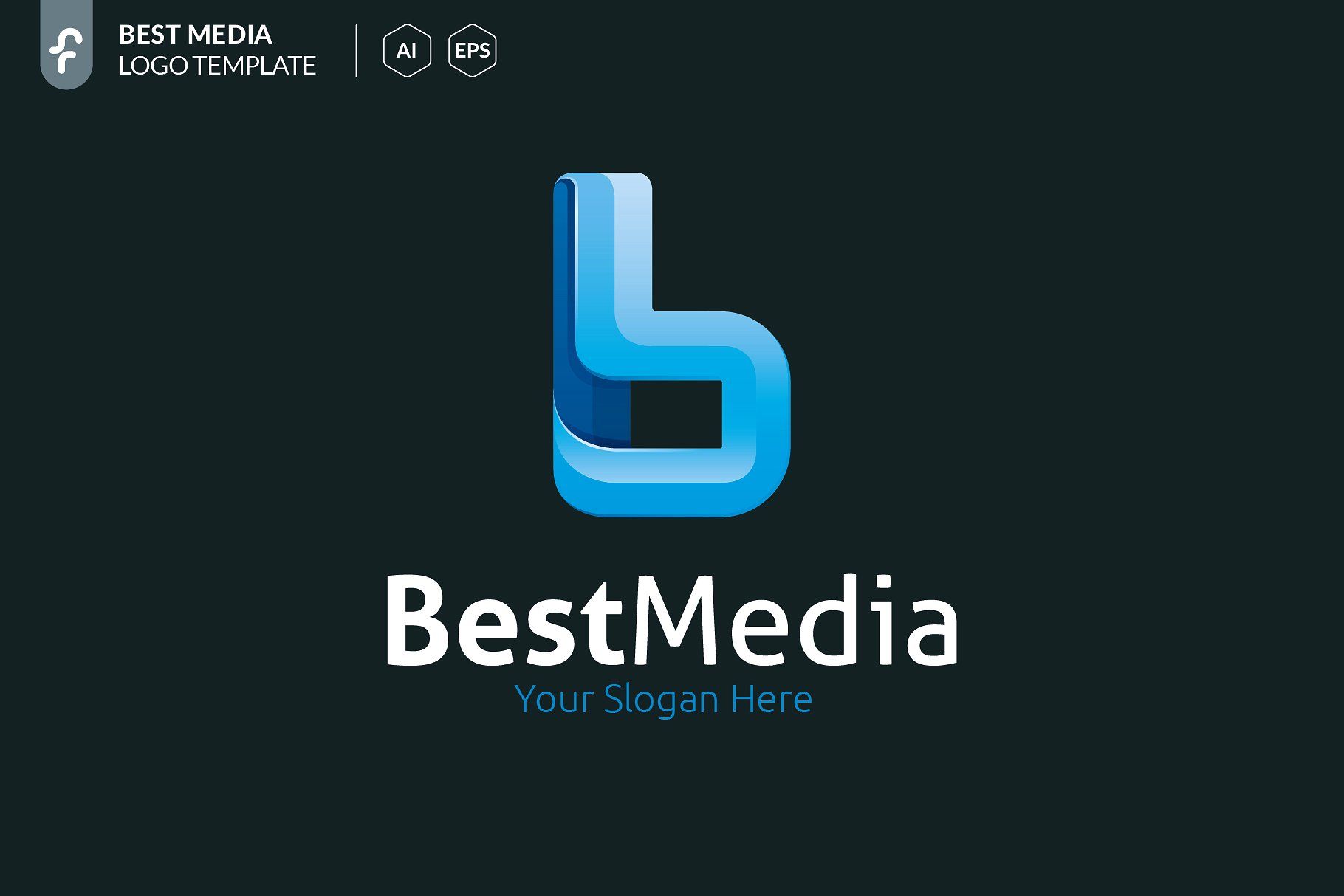
In the ever-evolving world of media, a well-designed logo can make all the difference in capturing attention and establishing a strong brand identity. By understanding your target audience, selecting the right style, incorporating relevant symbols, choosing appropriate colors and typography, and seeking feedback, you can create a media logo that effectively communicates your brand’s personality and resonates with your audience. So, start exploring media logo ideas today and set your brand on the path to success!
Angela Irwin is a branding and design enthusiast with a Bachelor of Fine Arts in Graphic Design from Meadowbrook College. As a writer at Logocreator.io, she shares her expertise on logo design, graphic trends, and effective branding strategies, helping businesses create impactful visual identities.
